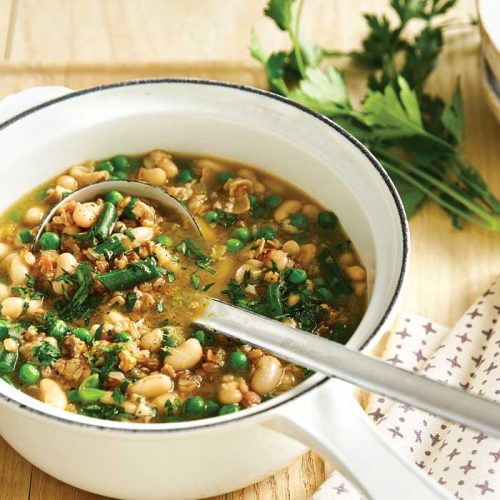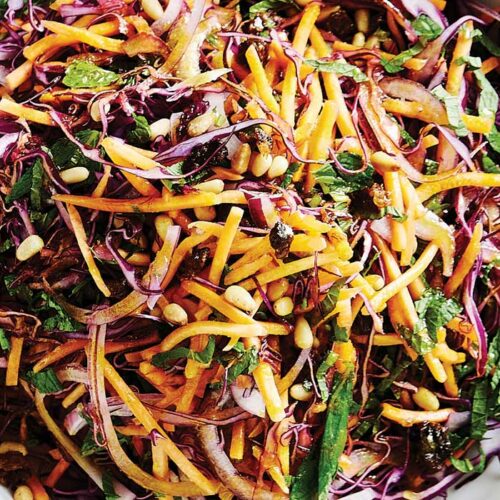
What’s a birthday without cake? Or a celebration without a flute of fizzy champagne? It‘s nice to treat ourselves to something we enjoy, but how much is too much? Dietitian Susie Burrell talks treats.
Treat foods are generally high-calorie, high-sugar and/or high-fat foods that may offer much taste and pleasure, but lack essential nutrients such as protein, good fats, dietary fibre, vitamins and minerals. As such, treats (also called discretionary foods) can add plenty of extra calories to our diet for not a lot of nutrition. Alcohol also falls into this category as an ‘extra’ we don‘t need for basic physiological functioning.
What is a reasonable treat?
If we take a closer look at calorie intake, on average three small meals offers a total of at least 1000 of the 1500 to 2000 calories most of us need a day. This means you have around 500 to 1000 calories each day to allocate to snacks and potentially treats. For most people this equates to one small 100 or 200 calorie treat each day to prevent weight gain. If weight loss is the goal, you may need to limit the number of treats to just once or twice a week.
How many calories in your favourite treats?
A small Freddo frog or bite-sized Lindt ball contains 100 calories, as does a small glass of wine, a single chocolate biscuit and a small individual ice-cream such as a Paddle Pop. Portion control is the key here, because if you buy a block of chocolate, you‘ll most likely eat a lot more than the two to three squares that provide 100 calories.
Some other tricks
If you have difficulty controlling yourself once you succumb to a ‘treat’, another option may be to limit treat occasions each week. Enjoy dessert, a chocolate bar, a more indulgent ice-cream or a few glasses of wine a couple of times a week as opposed to limiting yourself to small portions on every day of the week.
www.healthyfood.com










